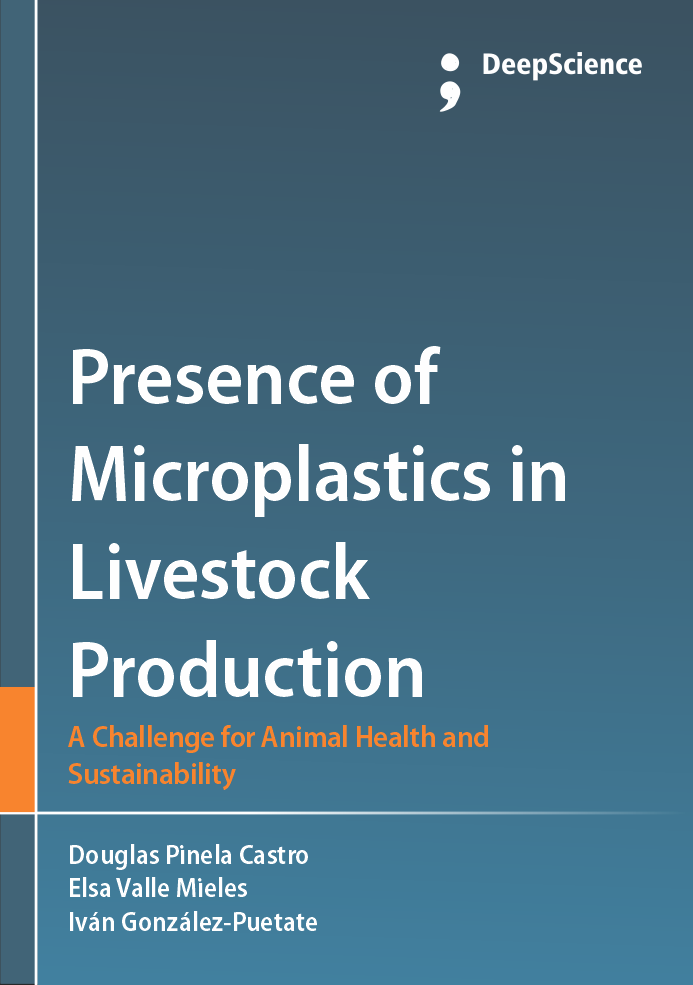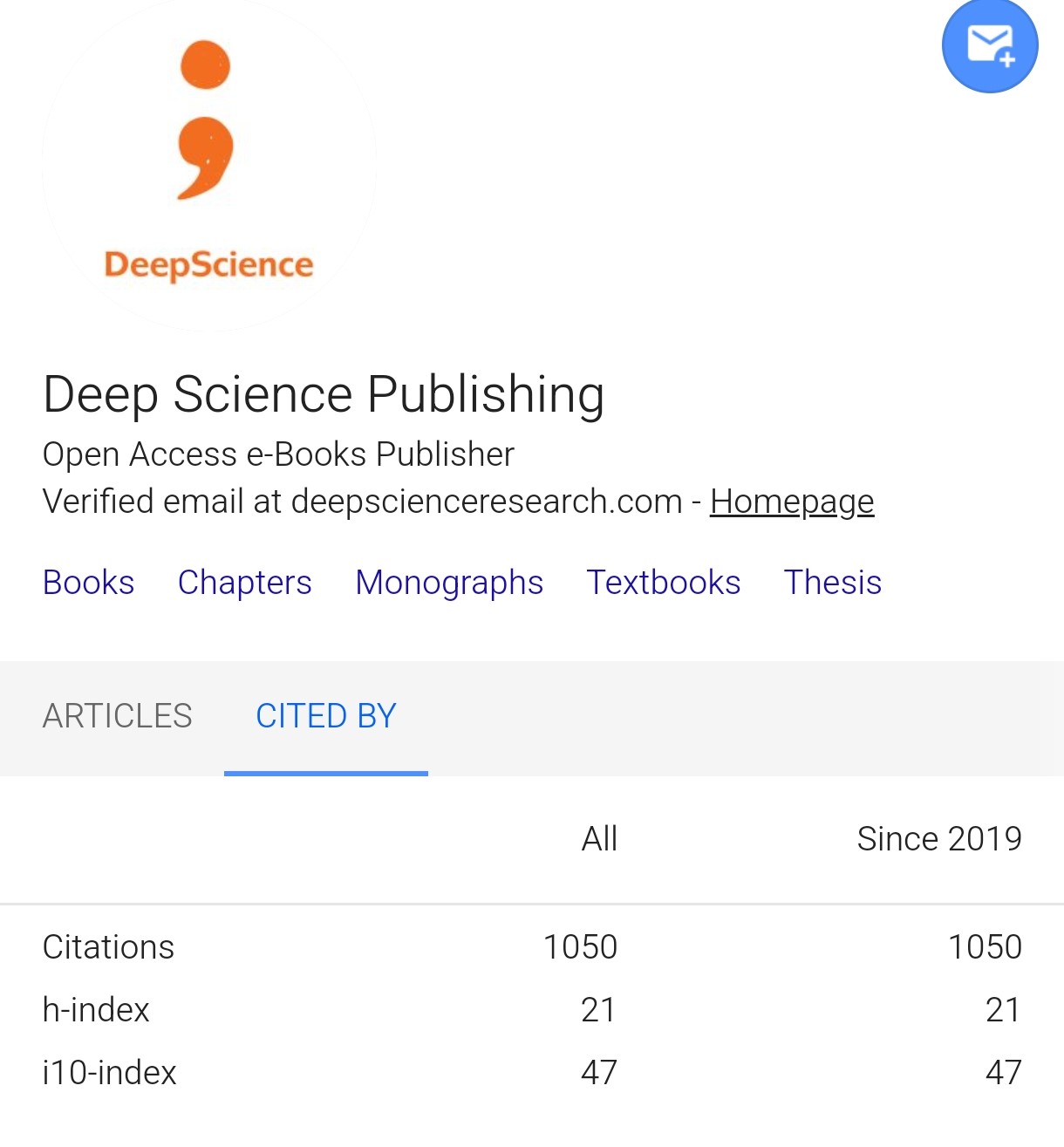Microplastic Contamination in Pig Production
Synopsis
This research aimed to study the presence of microplastics in different water sources and diet types using observational research and data collection in the city of Manta. Three variables were considered: feces, water, and feed which pigs ingested. A total of 200 samples were included with 100 (50%) being fecal samples, 50(25%) water samples and 50 (25%) feed samples. The prevalence of microplastics in all analyzed sources was 100%, greater than previous studies. Comparison of MPs concentrations was performed using Student's t-tests and resulted with the p-values of 0.25 for the water sources, 0.33 for the diet types and 0.83 for fecal samples not related to water or feed. Hence, the null hypotheses were retained, and the alternative hypotheses rejected, showing no significant level of differences among the three samples. These results indicate that the problem of global microplastic pollution is emerging, and has caused a significant deposition of microplastics in animal tissues. This accumulated damage as relayed to humans through the food chain, carries severe public health implications.













